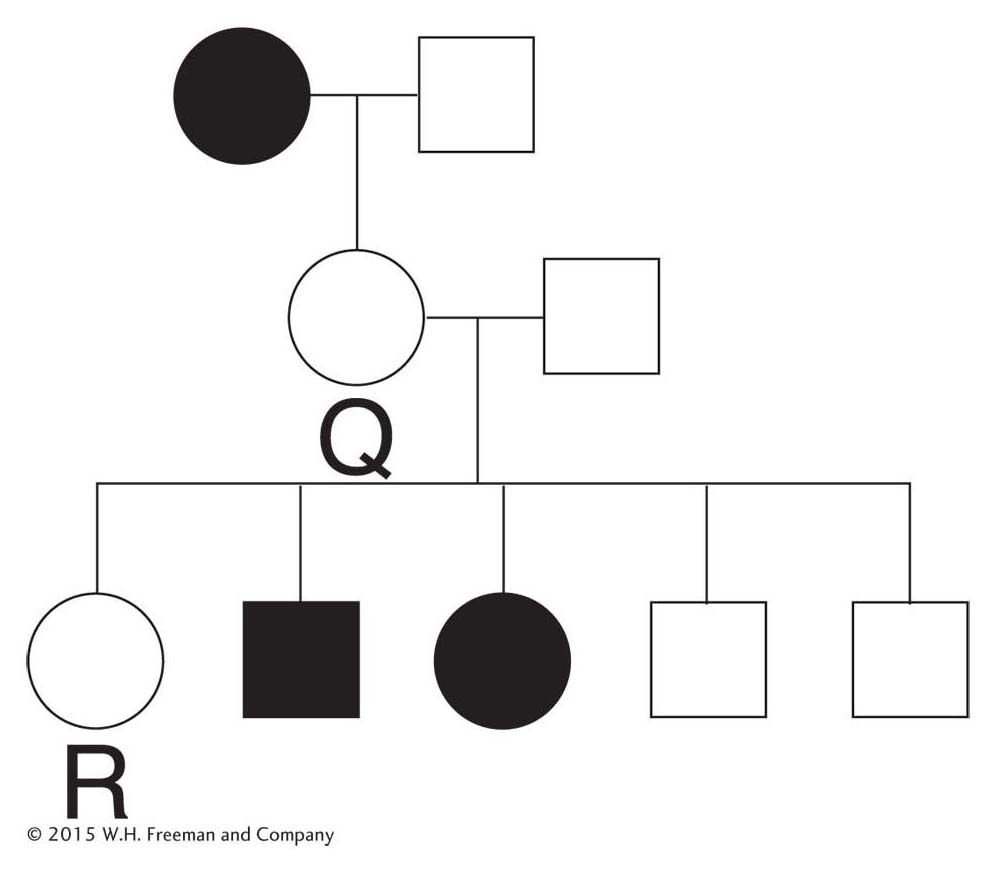6.4 Penetrance and Expressivity
In the analysis of single-

Why would an organism have a particular genotype and yet not express the corresponding phenotype? There are several possible reasons:
The influence of the environment. Individuals with the same genotype may show a range of phenotypes, depending on the environment. The range of phenotypes for mutant and wild-
type individuals may overlap: the phenotype of a mutant individual raised in one set of circumstances may match the phenotype of a wild- type individual raised in a different set of circumstances. Should this matching happen, the mutant cannot be distinguished from the wild type. The influence of other interacting genes. Uncharacterized modifiers, epistatic genes, or suppressors in the rest of the genome may act to prevent the expression of the typical phenotype.
The subtlety of the mutant phenotype. The subtle effects brought about by the absence of a gene function may be difficult to measure in a laboratory situation.
A typical encounter with incomplete penetrance is shown in Figure 6-21. In this human pedigree, we see a normally dominantly inherited phenotype disappearing in the second generation only to reappear in the next.

Another measure for describing the range of phenotypic expression is called expressivity. Expressivity measures the degree to which a given allele is expressed at the phenotypic level; that is, expressivity measures the intensity of the phenotype. For example, “brown” animals (genotype b/b) from different stocks might show very different intensities of brown pigment from light to dark. As for penetrance, variable expressivity may be due to variation in the allelic constitution of the rest of the genome or to environmental factors. Figure 6-22 illustrates the distinction between penetrance and expressivity. An example of variable expressivity in dogs is found in Figure 6-23.
The phenomena of incomplete penetrance and variable expressivity can make any kind of genetic analysis substantially more difficult, including human pedigree analysis and predictions in genetic counseling. For example, it is often the case that a disease-

Even though penetrance and expressivity can be quantified, they nevertheless represent “fuzzy” situations because rarely is it possible to identify the specific factors causing variation without substantial extra research.